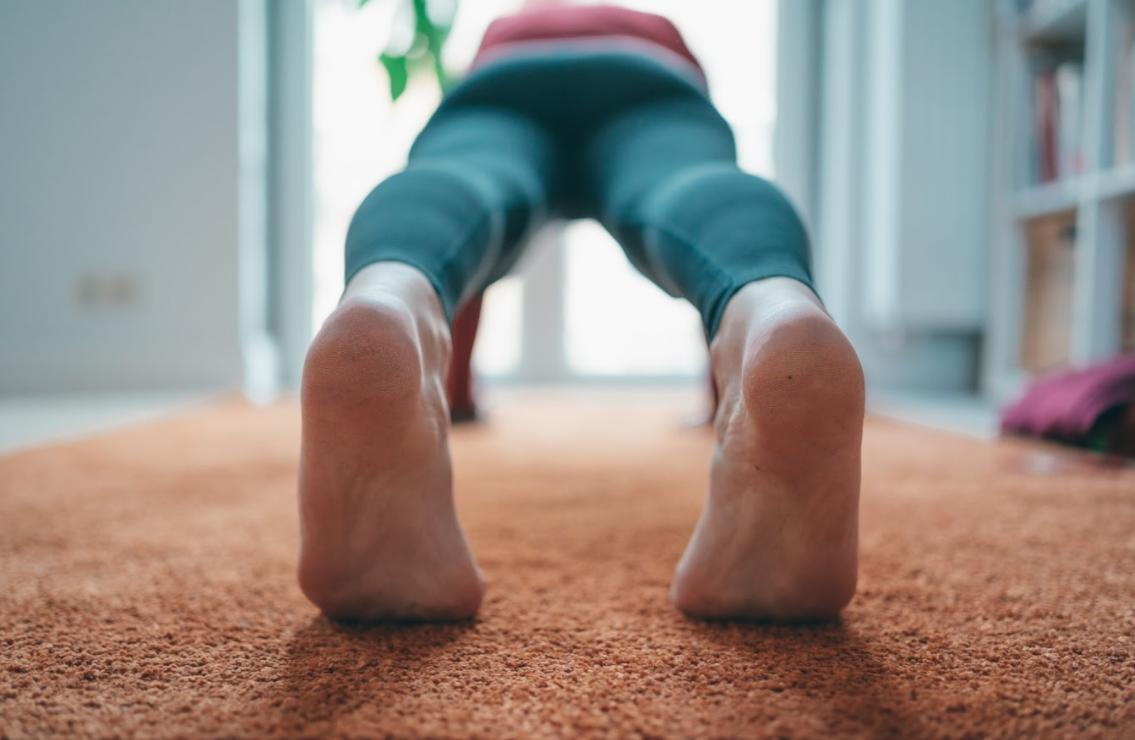Heel Pain in Children: All You Should Know about Sever's Disease
posted: May 30, 2023.

Heel Pain in Children: All You Should Know about Sever's Disease
Children typically live highly active lifestyles. If not for the endless play, many of them love participating in sports and other activities. As such, it is not uncommon for a child to complain about heel pain.
In some cases, heel pain in children is associated with overuse and goes away with adequate rest and home remedies like a cool compress. In other cases, heel pain in children may be indicative of a condition called Sever's disease.
What is Sever's Disease?
Sever's disease or calcaneal apophysitis is a common heel injury that affects children aged eight to fifteen. The condition affects the back of the heel where the Achilles tendon connects to the heel bone (calcaneus)
In children, the heel bone's growth plate is still developing, so when the Achillies tendon pulls on the heel's growth plate, damage may result, making the heel swollen, inflamed, and painful.
Sever's disease is the primary cause of heel pain in children, and those undergoing growth spurts (8-13 years for girls and 10-15 years for boys) are most prone to it. Adults rarely get the condition because the heel is completely fused and hardened.
What Causes Severe's Disease?
As children grow, different parts of the body grow at different paces. In the feet and especially during growth spurts, the bones grow faster than the tendons, which results in overly taught tendons. This tightness makes the connection between the Achilles tendon and the heel's growth plate susceptible to injury.
Sever's disease occurs when repeated stress is applied to the Achilles tendon, which pulls on and damages the heel's growth plate, resulting in pain and inflammation. Some of the activities that can cause Sever's disease include high-impact sports like basketball and gymnastics, standing too long, wearing poor-fitting shoes, and overuse.
What are Sever's Disease Symptoms?
Heel pain in children is not always indicative of Sever's disease, so it is crucial to identify the correct symptoms. The most common Sever's disease symptoms are pain and tenderness in one or both heels.
The pain typically occurs towards the back of the heel but can also radiate outwards along the heel's sides and bottom. In addition to this primary symptom, a child with Sever's disease will also show the following signs:
- Limping due to heel pain, especially after an activity like running
- Difficulty walking
- Swelling and redness of the heel
- Morning discomfort and stiffness of the affected heel(s)
- Chronic heel pain, especially after participating in a sport
Diagnosis and Treatment of Sever's Disease
Diagnosing Sever's disease involves a visit to the podiatrist, who will conduct a physical examination. Since it is a soft tissue injury, x-rays cannot conclusively identify the condition.
However, your foot specialist may order an x-ray to rule out any other injury, such as fractures or broken bones. Once diagnosed, the podiatrist will recommend one or several treatment options, including:
- Rest from exercise, sports, and other strenuous physical activities
- Physiotherapy and other stretching exercises that strengthen leg and foot muscles and tendons
- Cool compresses using ice wrapped in a towel
- Orthotics can also help to relieve the pull of the tendon, pain as well as inflammation
When properly treated, most children recover fully from Sever's disease and leave it behind once they complete the major growth milestones by the age of sixteen. However, left untreated, the condition may worsen and require surgical treatment.